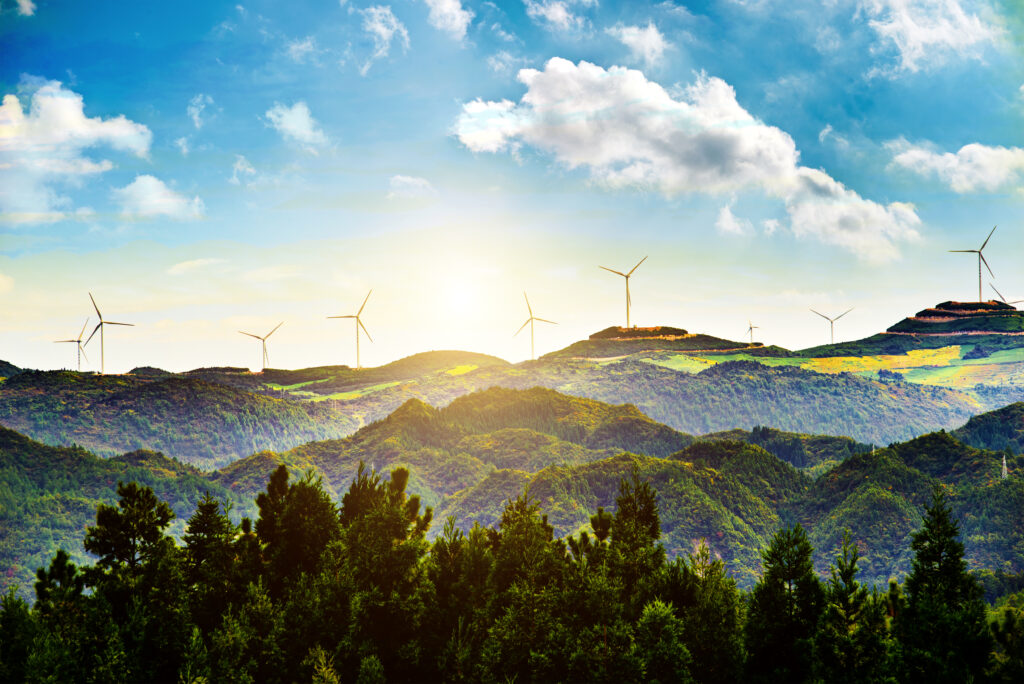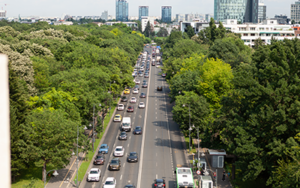In recent years, the term ‘carbon footprint’ has slipped into our vocabulary as a synonym for the fight against climate change. This concept has become increasingly widespread, but what is the carbon footprint, and how can we alleviate it? All the actions we perform daily carry a carbon footprint that impacts the planet, whether it’s doing laundry, charging our phones, or traveling by car. With our actions, we leave a trail of gases that accumulate in the atmosphere and contribute to worsening climate change. The carbon footprint is the set of greenhouse gases (GHGs) that all human activities emit into the atmosphere.
These emissions can be direct or indirect, involving gases such as methane, nitrous oxide, hydrofluorocarbons, perfluorocarbons, sulfur hexafluoride, and the most well-known and abundant, carbon dioxide. Last year, the record for CO2 emissions was broken again, as reported by the National Oceanic and Atmospheric Administration.
Furthermore, carbon dioxide levels have exceeded pre-industrial levels by 50%. However, gas emissions are not equal in all countries. Just as pollution per person varies, the countries leading the ranking are China, the United States, and India. More than half of the emissions are caused by these three countries. In contrast, Spain has reduced its carbon footprint by over 100 million tons in the last two decades.
Types
Despite everyone leaving a trail of gases, there are three types to consider.
Personal Carbon Footprint
This type depends directly on humans. In their daily lives, whether traveling, eating, or consuming energy, individuals generate a trail of gases that pollute the atmosphere. On average, one person emits four tons of CO2 per year, according to The Nature Conservancy.
In contrast, in the United States, each individual quadruples that amount annually. This organization recommends halving individual emissions by 2050 to prevent the rise in temperature beyond 2°C, which would make the situation irreversible.
Product Carbon Footprint
The production of services or consumer goods also generates greenhouse gases that have a repercussion on the environment. Moreover, this type of footprint pollutes during creation, use, and after its useful life. This process involves obtaining raw materials to create a product or service, followed by distribution, use, and transformation into waste that is no longer needed and is discarded in a landfill. Events like concerts or shows involve transportation, energy, and waste, bringing a significant product carbon footprint.
Corporate Carbon Footprint
Companies play a key role in alleviating the carbon footprint. Their actions also result in emissions into the atmosphere during the manufacturing of their products, the energy they consume, and the transportation they use. To mitigate this footprint, companies have the option to control their emissions, contribute through green taxes, or use renewable energy, as is the case with the fuel stations of Plenoil.
How to Reduce the Carbon Footprint?
To mitigate the carbon footprint personally, various actions can be taken to contribute to its reduction:
- Use of renewable energy.
- Recycle waste.
- Consume less energy and water.
- Optimize energy through energy efficiency.
- Responsible consumption.
What Can Companies Do?
Companies can also support the reduction of the carbon footprint with actions that will have a significant impact.
- Use renewable energy.
- Embrace energy efficiency in all processes.
- Combat obsolescence.
- Use local suppliers.
- Consciously use water.
Calculate Your Carbon Footprint
Although carbon dioxide is the most well-known gas related to pollution, there is a long list of gases that also have a negative impact on the planet. Throughout our lives, we generate a carbon footprint impossible to eliminate, but we do have the option to alleviate it. In this calculator, you can check the tons you have emitted into the atmosphere based on your consumption habits.



